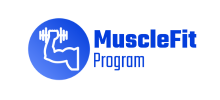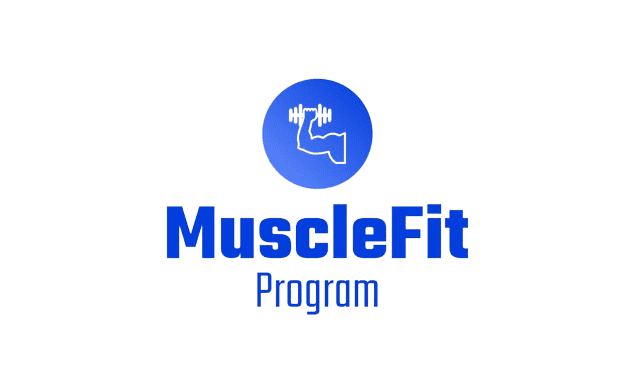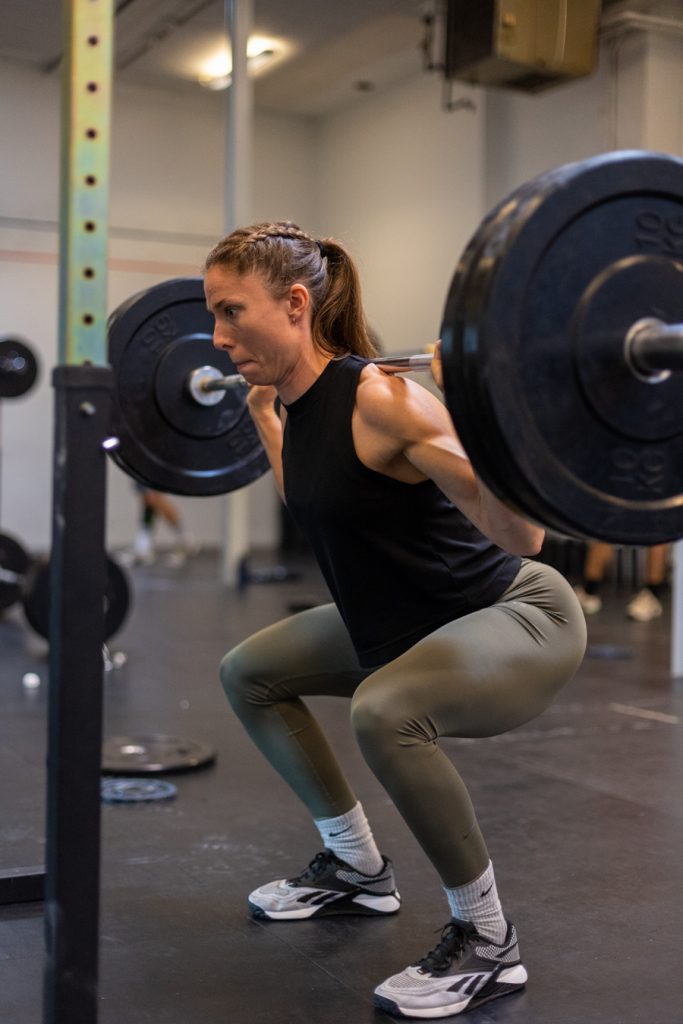Start by setting a barbell on a squat rack at shoulder height. Step under the bar and position it across your upper back (trapezius muscles) for a high-bar squat or lower on the rear deltoids for a low-bar squat.
Grip the bar just outside shoulder width, pull your elbows down and back, brace your core, and unrack the bar by standing up tall.
Step back, set your feet shoulder-width apart with toes slightly pointed out. Take a deep breath to brace your core, and initiate the squat by pushing your hips back and bending at the knees.
Lower yourself under control until your hips are below parallel (below the top of the knees). Keep your chest tall, spine neutral, and knees tracking over your toes.
Drive through your heels to stand back up, squeezing your glutes at the top. Reset and repeat.
Key points to remember:
• Keep your torso upright
• Maintain a neutral spine
• Push your knees out
• Brace your core before every rep


